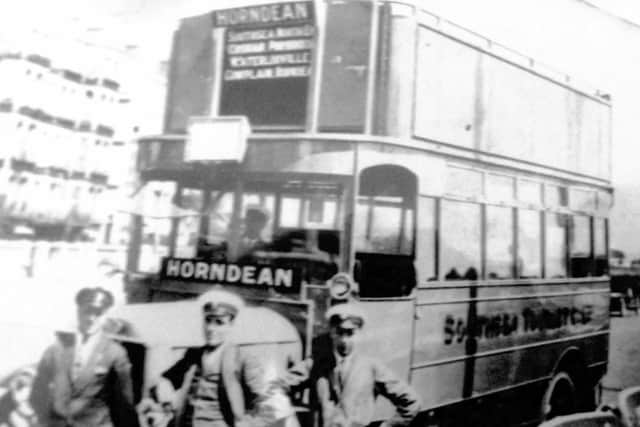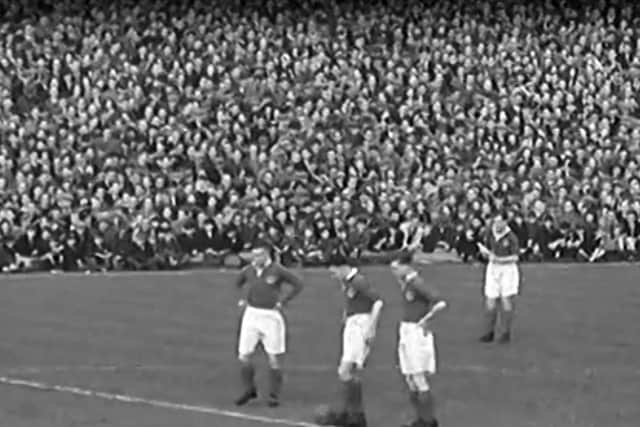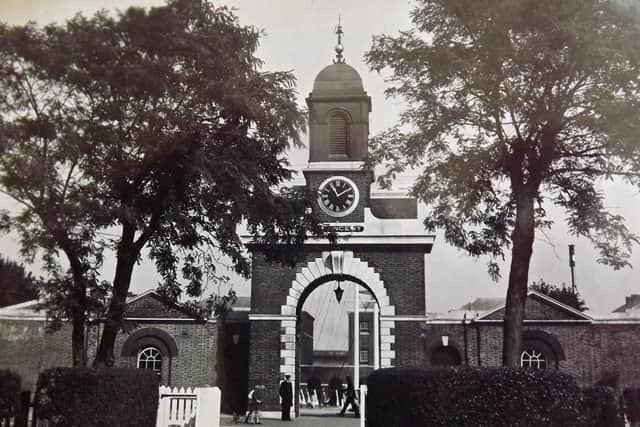Silver statues and freshly cut flowers show splendour of the ward room on old warships –Nostalgia


On the centre of the table, above, is a silver statuette of Hermes, the protector of travellers. Flowers also decorate the centre line so I imagine this was a posed photograph when the ship is in port somewhere.
I do not suppose there is an upright piano on many modern ships.
Advertisement
Hide AdAdvertisement
Hide AdSadly most of what you see is now at the bottom of the English Channel after the ship was sunk by torpedoes from U-27 in the Straits of Dover on October 31, 1914, with the loss of 22 of her crew.


Not of great quality but worth a show, below, we see a Southdown bus awaiting day trippers for a day out to Horndean.
Imagine going on a trip to Horndean today? Back in the 1920s, when the photograph was taken, Horndean was a small village on the right hand bend of the London Road. I’m sure it would have been a delight to travel out to the village for afternoon tea and a stroll.
Continuing on with my article about the record-breaking crowd at Fratton Park in 1949, former Portsmouth Evening News reporter Tim King loaned me the photograph, below, of the kick-off. This was in the days when Pompey were an attacking team with five forwards and three half-backs.
Advertisement
Hide AdAdvertisement
Hide AdSenior readers of this column have told me the half-backs supported the forwards and fell back to assist the defence when needed, almost a 14-man team as it were.


We had two flying wingers with England internationals Peter Harris at outside right and ‘Jolly’ Jack Froggatt at outside left. I wonder if Kenny Jackett might give the five forwards formation a try one day?
In the photograph, from left to right, is inside right Bert Barlow, centre forward Ike Clark and inside left Len Phillips. Standing along at right half is Jimmy Scoular.
Isn’t it strange how the long shorts, or knickers as they were then called, changed to short shorts 10 years later? We now have players playing with long shorts once again. What goes round comes round, eh.
Advertisement
Hide AdAdvertisement
Hide AdNamed after the Admiral of the Fleet John Jervis 1st Earl of St Vincent, St Vincent College was at one time Forton Barracks.


In 1927 it became the home of the Royal Navy Boys Training Establishment, HMS St Vincent. In the photograph, below, we see the main gate of the establishment in Forton Road, Gosport, when in this mode.
Another training establishment for boys was located at Shotley, near Ipswich, called HMS Ganges which had much more severe training.
HMS St Vincent was decommissioned on April 2, 1969 and later became St Vincent College.